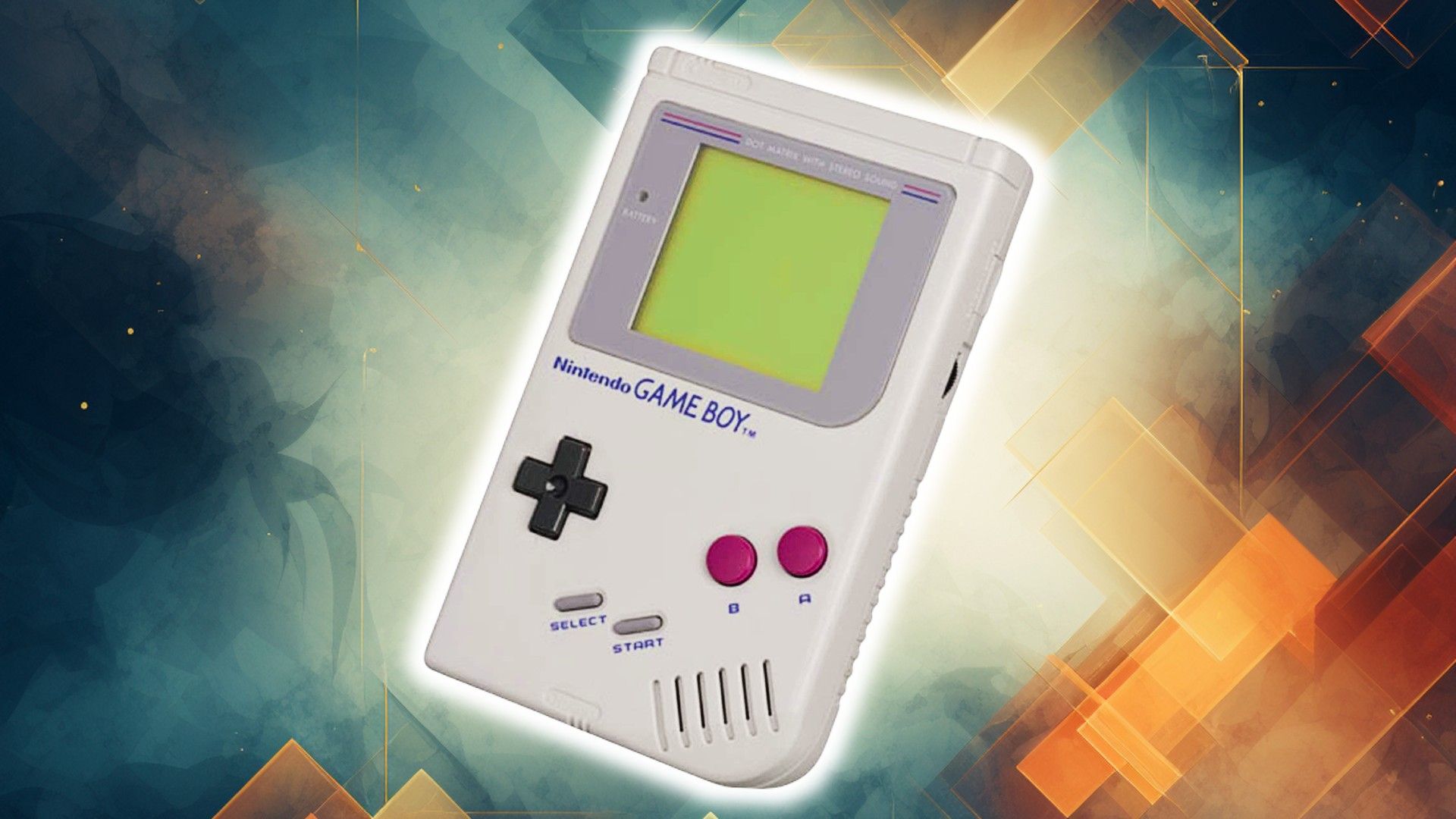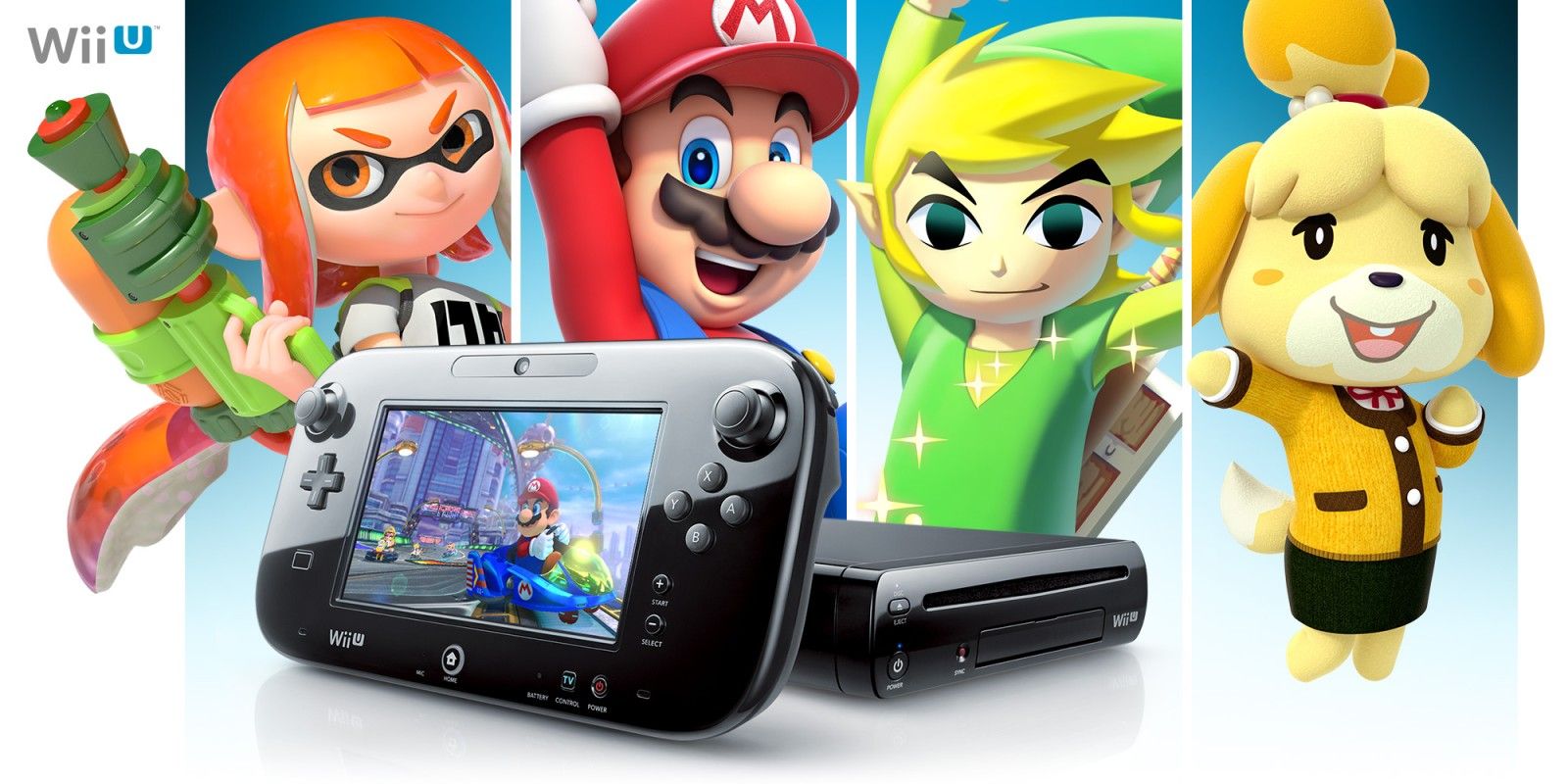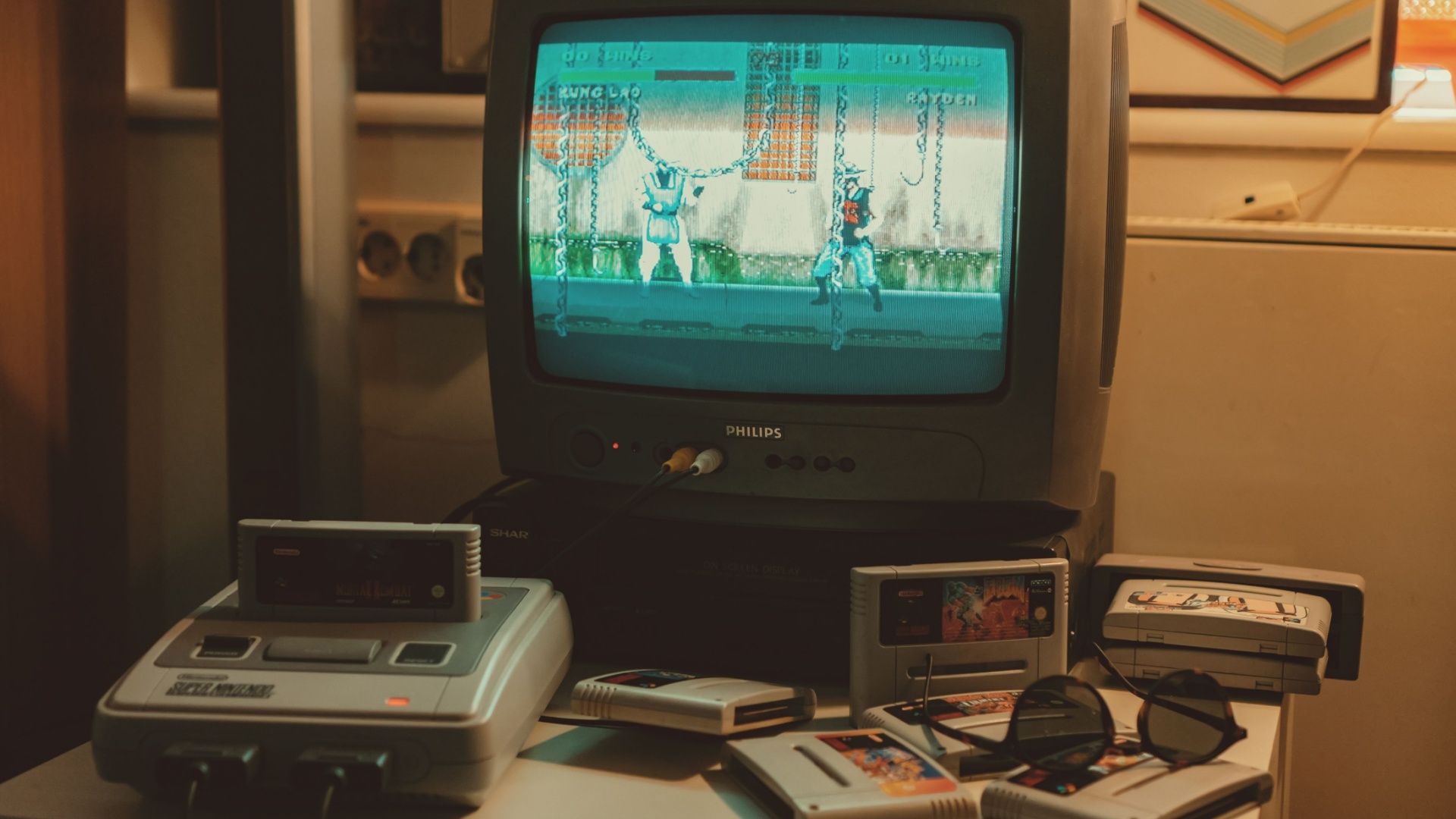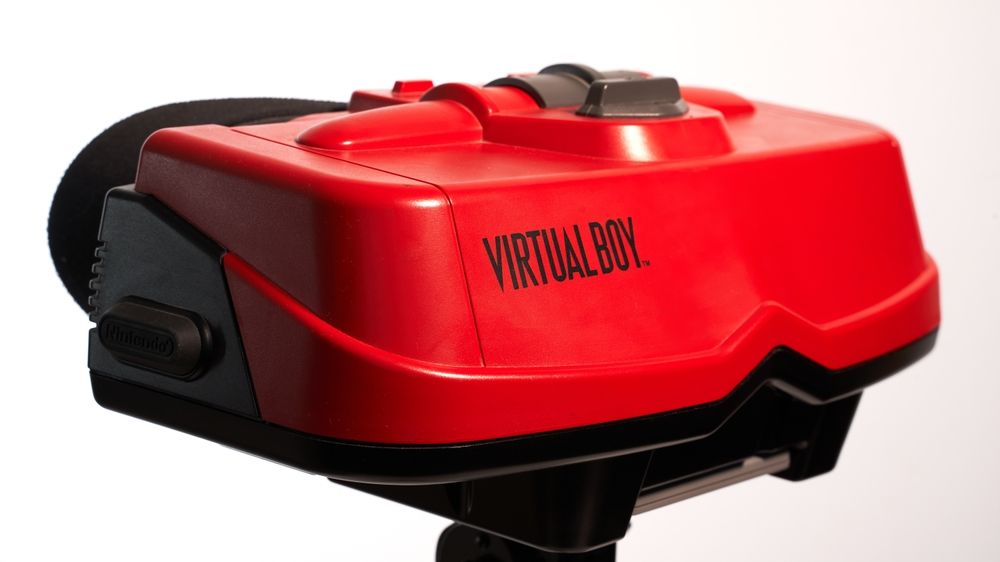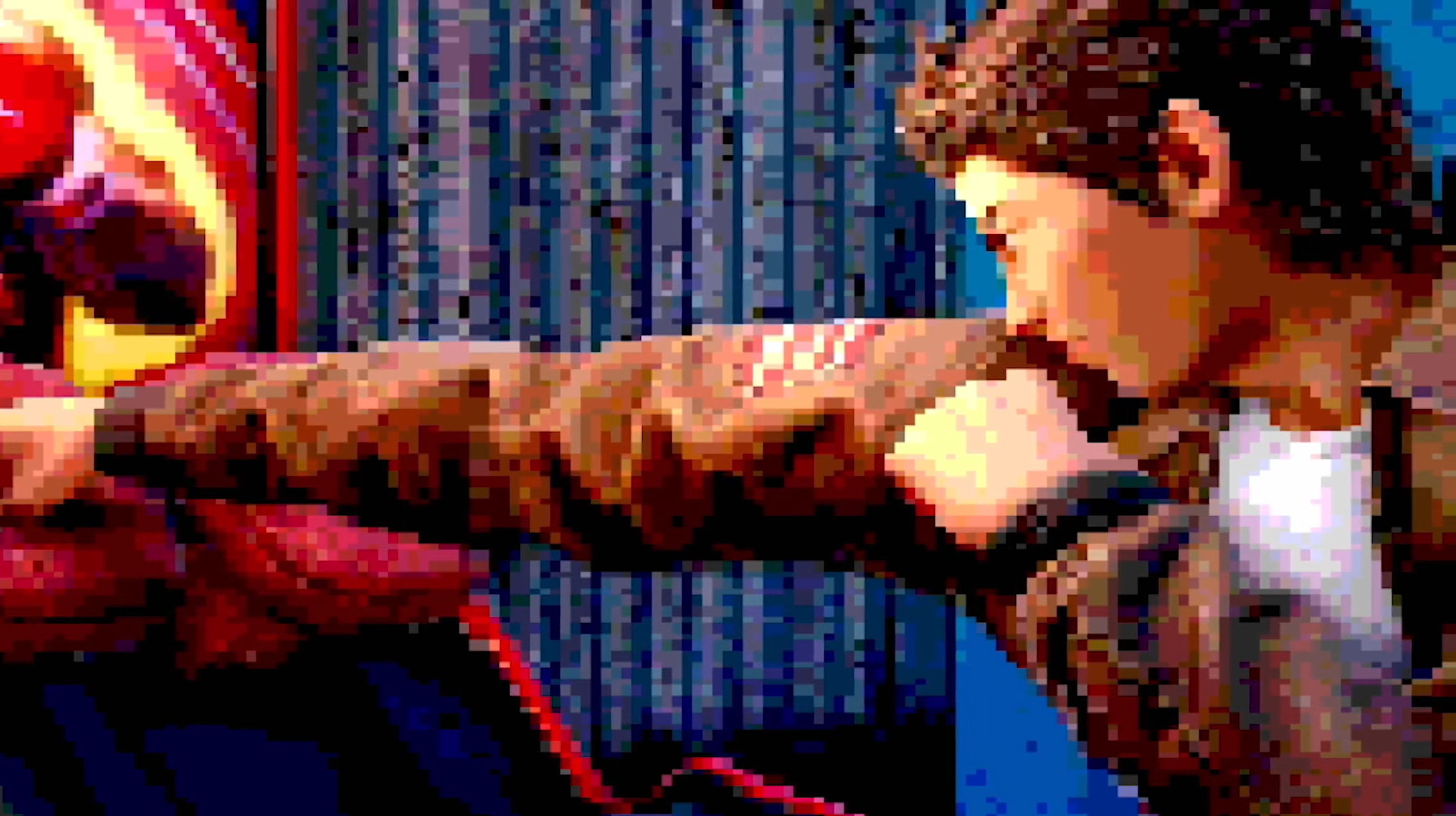Many game consoles have at least a few features that go unnoticed by most players. In rare cases, some of these features never even see the light of day, even if they are already built into the hardware.
From unrealized multiplayer to marketing memes, here are some potentially revolutionary features in well-known consoles that you’ve probably never heard of.
5
The Game Boy Is Capable of 16-Person Multiplayer
Every iteration of the Game Boy supports multiplayer functionality across a variety of games. You can connect two Game Boys together using Nintendo’s Game Link cable, or hook up four handhelds using a four-player adapter. Games like the Pokémon series use wired-multiplayer to enable trading with other players, while co-op multiplayer titles like the Game Boy Advance (GBA)’s The Legend of Zelda: Four Swords let you experience unforgettable adventures with your friends.
Multiplayer was a significant part of the Game Boy’s success, but it was capable of hosting even more players. The Game Boy version of Faceball 2000—a handheld port of the multiplayer first-person shooter MIDI Maze—was originally planned to feature a 16-player deathmatch mode. Developer Xanth intended to bundle the game with an adapter that supported up to 16 players, but failed to receive Nintendo’s approval to release the device.
As a result, the ambitious mode had to be scrapped and replaced with a four-player mode that used the official Game Link Cable.
Despite its removal from the final release, the complete code for Faceball 2000‘s 16-player mode is still present in the game’s files. Modders were able to restore the cut mode, but running it with a full lobby is a lot more complicated. One way of running the game is by connecting multiple GBA Link Cable adapters together and attaching a GBA for each player.
Unfortunately, this method is highly prone to freezing—an issue that only becomes more frequent with higher player counts—and an unfortunate glitch guarantees the game will immediately crash after adding a sixteenth player.
In 2024, a team of modders finally managed to run the 16-player mode with the max player count and on the original Game Boy hardware. To accomplish this, they used a custom adapter to connect all 16 Game Boy handhelds and ran a ROM hack titled Faceball 2000 DX that patches the original game’s bugged multiplayer.
4
The Wii U Supported Multiple GamePads
The Wii U GamePad is one of Nintendo’s most inventive controllers, but its many problems outweigh the positives. Unlike other types of controllers, only one GamePad can be connected to the Wii U at a time. This problem not only limited how the Wii U GamePad could be used in multiplayer games but was also the reason Nintendo refused to sell the GamePad in stores.
Before the console’s launch, Nintendo repeatedly suggested that the Wii U could support two separate GamePads. The feature was initially confirmed at Nintendo’s E3 2012 showcase and later reaffirmed on the company’s official website. But that wasn’t the case when players got their hands on the console. So why was there such an important discrepancy between Nintendo’s messaging and the reality of its hardware?
The truth is that the Wii U’s single-GamePad restriction wasn’t always meant to be a permanent problem. In an interview with MinnMax, former Nintendo of America COO Reggie Fils-Aime revealed that the Wii U is capable of connecting with two separate GamePads, but the feature was never fully implemented. Initially, the feature was deemed unnecessary since none of the Wii U’s launch titles supported the use of multiple GamePads. Any chances of the feature being added at a later date were dashed by the Wii U’s lackluster sales and short lifespan.
3
Some Retro Nintendo Consoles Have Unused Expansion Slots
Ever since the Nintendo Entertainment System (NES), nearly every Nintendo console has included a seemingly pointless expansion port. This unusual design trend extends to consoles as recent as the Wii U. The questionable reasons for the inclusion of these unused expansion ports vary between consoles, though they all relate to Nintendo’s penchant for releasing unorthodox console add-ons.
Nintendo’s first three consoles—the NES, SNES, and Nintendo 64—all received console add-ons that were never released outside of Japan. Of note were the Famicom’s Family Computer Disk System and the Nintendo 64’s 64DD, which served as floppy disk readers for their respective consoles.
These add-ons allowed developers to deliver larger virtual worlds and more complex game mechanics (such as the real-time clock in Animal Crossing) than a traditional NES or N64 cartridge would allow. The 64DD was also capable of connecting to Randent, a subscription-based online service that includes access to online multiplayer, messaging, and an internet browser—three years before Microsoft debuted Xbox Live.
Similarly, the SNES’s expansion port was a leftover from the add-ons made for its Japanese equivalent, the Super Famicom. Instead of a floppy disk reader, the Super Famicom received a modem known as the Satelliview. Much like the 64DD, the Satelliview connected to an online subscription-based service, through which users could view new issues of popular magazines, listen to broadcasted interviews and music, and access a rotating library of Satelliview-exclusive games—three decades before Xbox Game Pass.
Each add-on connects to the ports located at the bottom of their respective consoles, which is also where the unused expansion ports of their international equivalents are located. It’s likely that Nintendo may have considered worldwide releases for its console add-ons at some point. However, factors such as the Satelliview’s reliance on licensing agreements and the 64DD’s disastrous sales may have put a halt to these plans.
The GameCube and Wii U GamePad also feature spare ports, but not much is known about their intended purpose. Even in Japan, there weren’t any official add-ons that made use of the extra expansion ports. It’s likely that Nintendo never found a good reason to use the GameCube’s spare port, as most of the console’s peripherals and add-ons plugged into its controller slots. Even less is known about the Wii U’s potential add-ons, though it’s likely that any plans to use the GamePad’s port were canceled following its commercial failure.
2
The Virtual Boy (Sort of) Invented Multiplayer VR
You may have noticed that I didn’t mention the Virtual Boy with Nintendo’s other consoles, and that’s because it deserves its own special mention. Like many other Nintendo consoles, the Virtual Boy features an unused expansion port, though it was included to serve one specific function.
Nintendo originally planned to release a link cable add-on for the system, which would have enabled multiplayer for certain games by connecting two Virtual Boy consoles—similar to the Game Boy link cable. But between the Virtual Boy’s horrendous sales, widespread critical panning, and numerous potential health hazards, the console didn’t last long enough for these multiplayer plans to come to fruition.
The Virtual Boy’s lack of multiplayer games is also commonly cited as another reason for the link cable’s cancelation, but there were a few games that were already being developed with plans to use the console’s multiplayer functionality. Waterworld and Mario’s Tennis were both originally intended to feature multiplayer modes, but were scrapped during development.
Modders were able to restore the latter’s multiplayer after finding unused code relating to the scrapped feature. It’s also worth noting the canceled Virtual Boy port of Faceball—the same game that brought 16-player functionality to the Game Boy—was similarly planned to feature a two-player mode.
If the Virtual Boy had received official multiplayer support when it launched in 1995, it would have been one of the first virtual reality (VR) systems to feature multiplayer functionality. Although it was predated by the Virtuality VR arcade machines—which debuted with multiplayer VR games in 1991—the Virtual Boy could have been the first home-released VR device with functioning multiplayer. Although you could easily find better multiplayer experiences on literally any other console, I’m sure that even subjecting yourself to the Virtual Boy is more fun with friends.
1
The Sega Genesis Actually Has Blast Processing
If you are even remotely familiar with the console wars of the early 90s, you’ve probably heard of “blast processing.” Throughout the heated battles between the Nintendo SNES and Sega Mega Drive (Genesis), Sega’s marketing regularly touted a feature they referred to as “blast processing.” The console’s marketing claimed that blast processing was the reason Sega’s games looked better and ran faster than anything on the SNES, supposedly powering games like Sonic the Hedgehog 2 and Ecco the Dolphin.
Nobody outside Sega really understood how blast processing worked, and many players assumed that “blast processing” was a nonsensical term invented by the marketing team. In actuality, blast processing was a real feature on the Genesis, but it didn’t do as much for the console as Sega’s marketing would have you believe.
Contrary to popular belief, the reason the Genesis was faster than the SNES was simply the result of better hardware rather than any special processing techniques. The Genesis featured the combined power of two central processing units (CPUs); a Motorola 68000 with a clock speed of 7.67 MHz and a Zilog Z80 clocked at 3.58 MHz. By comparison, the SNES relies solely on a WDC 68516 CPU with a max processing speed of 3.58 MHz.
The Sega Genesis also includes a Yamaha YM7101 video display processor (VDP) with a direct memory access (DMA) function, meaning it can transmit data from its internal memory to its RAM at a much faster rate than the SNES. Thanks to the VDP, Genesis games were capable of delivering clearer visuals, smoother parallax scrolling, higher frame rates, and larger sprites. The Genesis was also able to support 3D polygonal graphics in games like Vectorman and Virtua Racing without any enhancements, whereas SNES games like Star Fox required a built-in Super FX graphics chip to support their 3D visuals.
Although “blast processing” is often associated with the Sega Genesis’s impressive specs, the term originated from an unused console feature. To explain how blast processing works, it’s important to understand what makes it special. I’ll try to keep this simple, but I highly recommend Digital Foundry’s video on blast processing for a more detailed explanation.
Normally, the Sega Genesis divides a game’s background tiles, character sprites, and other graphical elements into separate layers, which the console’s video display processor (VDP) then displays on-screen as one complete image.
An exploit in the Genesis allows the VDP to ignore these extra layers and only display the background color area—the bottom-most layer that is normally unseen during gameplay. Blast processing involves using this exploit and “blasting” (sending large amounts of data) pure color data to the VDP. When this happens, the CPU’s full processing power is dedicated to displaying color pixels on a single layer, allowing the console to display more colors and present visuals with a vastly higher level of detail than usual.
Unfortunately, blast processing was too complex and unreliable to be a feasible tool for developers. Due to the precision required to display pure color data rather than individual assets, the VDP needs to be closely synced with the television display. On CRT televisions—which 16-bit consoles like the Genesis were designed for—any significant desync between the screen and console can result in the pixels being displayed out of order, resulting in a scrambled mess of colors. Blast processing also uses the entire CPU to function, limiting what can be displayed with this method.
Most importantly, blast processing wasn’t an intended feature for the Sega Genesis, but rather a unique glitch that took advantage of its hardware. It’s not clear if Sega’s own developers understood how to make use of blast processing, and fans have only recently cracked the code to create tech demos that showcase its capabilities.
There’s a lot more work that goes into console development than we may realize. Gaming systems are not only equipped to handle current technologies, but they also need to be capable of handling future add-ons. Even when these features go unused, their presence often provides a way for console modders to rediscover the unrealized potential of our favorite retro systems.


